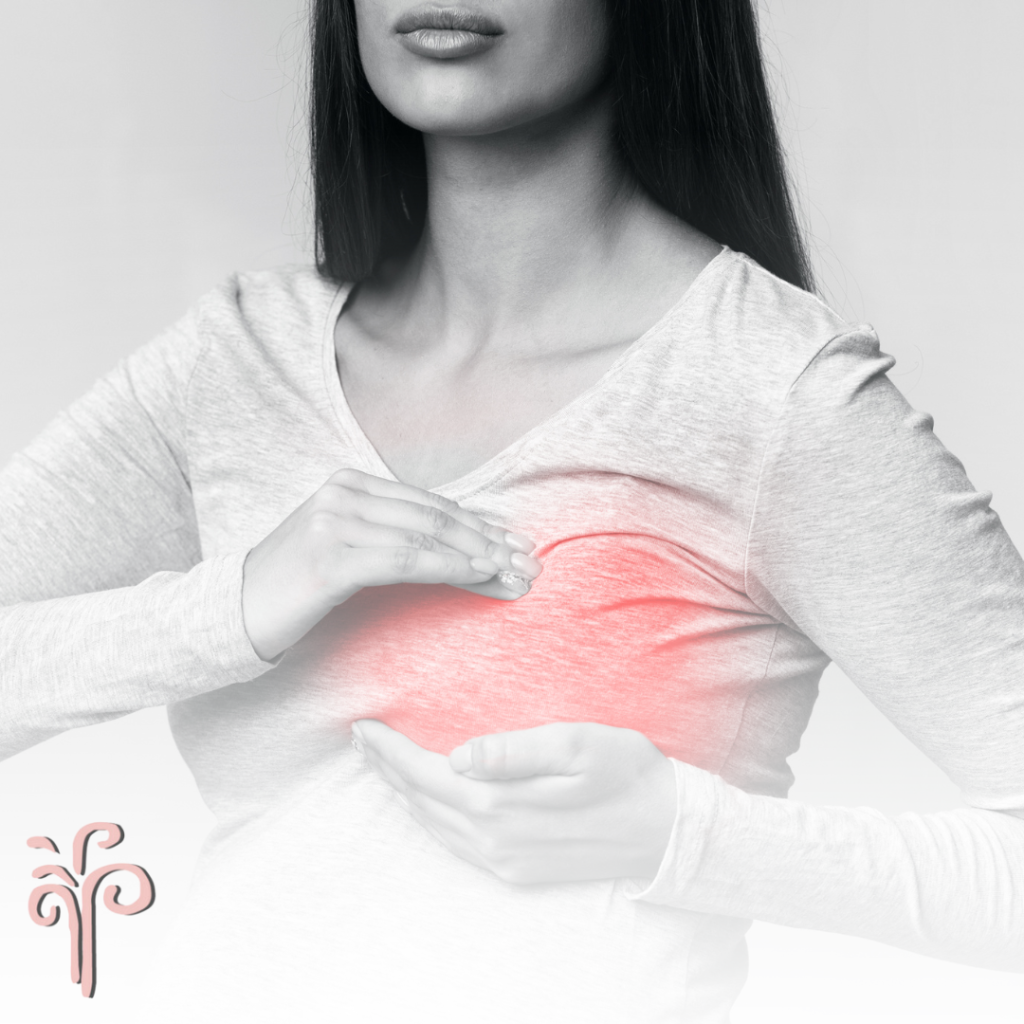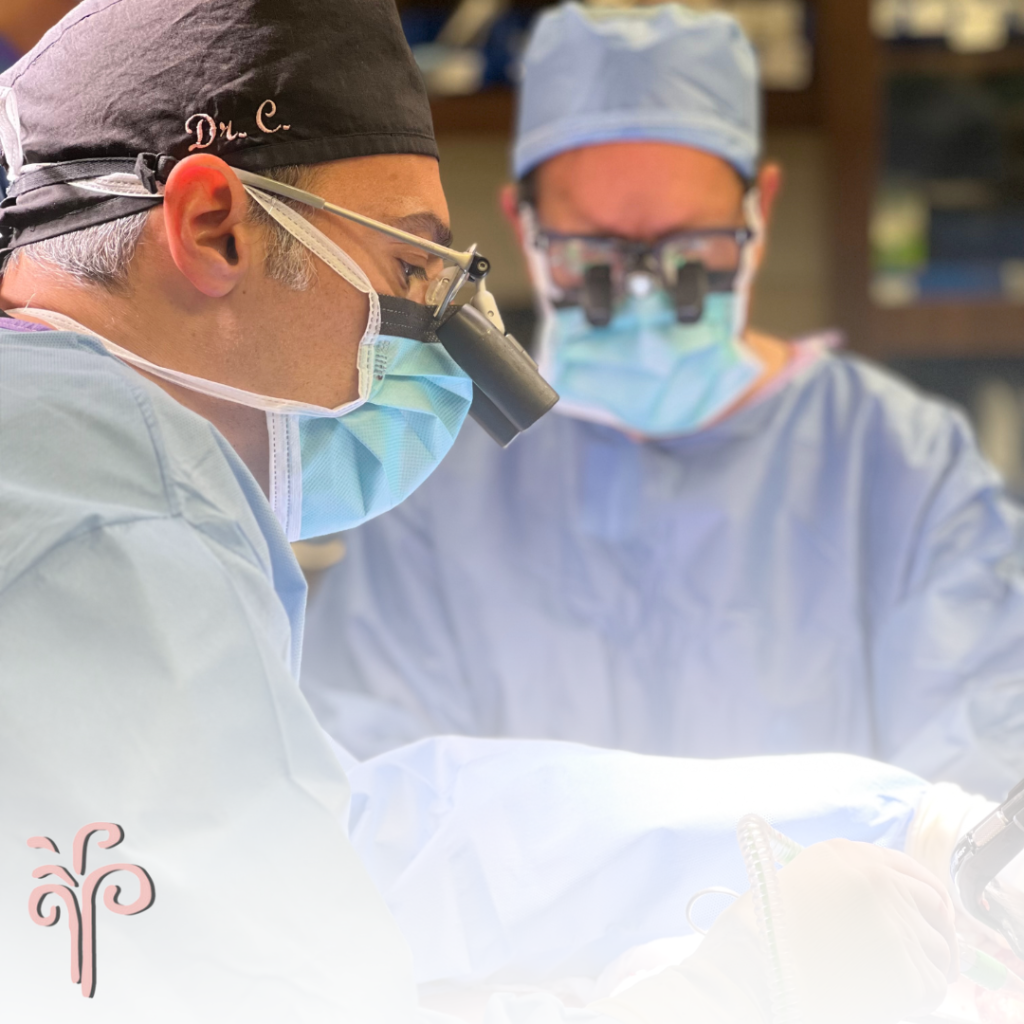Post Mastectomy Pain Syndrome
Breast cancer is a journey fraught with challenges, both physical and emotional. For many women who undergo mastectomy as part of their breast cancer treatment, a lesser-known but significant issue can emerge: Post-Mastectomy Pain Syndrome (PMPS). PMPS is a complex and often debilitating pain syndrome that can persist long after breast cancer surgery. In this blog post we will delve into what PMPS is, its causes, symptoms, and potential treatment options, aiming to provide insight and hope to those who may be experiencing this condition.
Symptoms Of PMPS
- Patients often experience persistent pain in various forms (stabbing, burning, electric, or aching) in specific areas:
- Chest
- Armpit
- Shoulder
- Inner arm on the side of the mastectomy
- This pain is commonly accompanied by:
- Numbness
- Tingling
- Hypersensitivity in the axilla (armpit area) and chest wall
- Additional symptoms may include:
- Shoulder pain
- Reduced range of motion in the affected shoulder
- Decreased arm strength on the side of the mastectomy


Managing PMPS
Living with PMPS can be challenging, but there are various treatment options and supportive measures that can help improve symptoms and enhance the quality of life.
Non-surgical
- Medications: Over-the-counter pain relievers, prescription medications (such as gabapentin or amitriptyline), or nerve blocks may be recommended to manage pain.
- Physical therapy: A physical therapist can help improve range of motion, strengthen muscles, and reduce pain through tailored exercises, myofascial release, and transcutaneous electrical nerve stimulation (TENS).
- Topical creams like lidocaine, voltaren gel, capsacin, and/or various compound creams can provide temporary relief.
- Nerve blocks, steroid injections and intramuscular botox.
- Radiofrequency ablation can provide temporary relief for 8-12 months.
Surgical
These approaches, alone or in combination, are the most likely to provide permanent relief of PMPS symptoms:
- Neuroma excision
- Targeted muscle reinnervation (TMR) – the damaged nerves causing the pain are transferred to reinnervate new muscle targets in the chest.
- Nerve decompression – nerve damage can be caused by compression from surrounding tissues or scar tissue formation. Decompressing the damaged nerve is often combined with wrapping the nerve with healthy tissue such as surrounding fat.
- Nerve reconstruction – the transected nerve is re-connected to another nerve in the chest, either directly or with a nerve graft, or as part of a sensate flap breast reconstruction (eg TruSense®).
- Conversion from implant-based reconstruction to autologous (flap) breast reconstruction
Complementary
- Complementary therapies: Techniques like acupuncture, massage therapy, and relaxation exercises.
- Psychological support: Counseling or therapy can help individuals cope with the emotional impact of PMPS.
- Lifestyle modifications: Maintaining a healthy lifestyle with proper nutrition, regular exercise, and stress management can contribute to overall well-being.
- Support groups: Connecting with others who have experienced PMPS can provide valuable emotional support and shared coping strategies.
Hear From Our Patients

Oh what I would give to have found PRMA before my mastectomy, prosthesis, implants and 6 plus years of not being satisfied. I thank God every day for bringing PRMA into my life and I thank them for doing what they do so well. My wish is that PRMA reaches as many women possible early on so they too can benefit from the amazing work that they do for breast cancer patients. I promote PRMA every chance I have!
Colleen
Deer Park, WA
I would like to say is throughout the whole procedure from the first procedure, to the second procedure, to my final procedures I never felt less than a woman. I like my breast, and so the entire time I never felt like I was not a woman at any point. So definitely I would recommend PRMA to anyone and everyone.
Sarah
San Antonio, TX
I’m super excited and love the results and feel amazing. I want to let anyone listening to this know that I had the worst anxiety before my surgery thinking of everything you can imagine. I can say that this was 100% the right choice for me I love the way that I look. The process was much easier than what I expected.
Laurie
Yorba Linda, CA
I knew I wanted to have a mastectomy, but I didn’t know about breast reconstruction. Dr. Ledoux gave me ALL the options I had, and I really appreciated that!
Jackie
San Antonio, TX
Schedule Your Consultation
Get personalized breast reconstruction recommendations from our board-certified plastic surgeons.